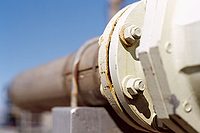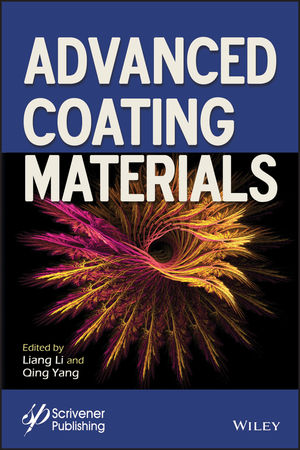Spill Protection Coating Protects Against Extremely High and Low Temperatures




PPG Industries has launched a new application of PITT-CHAR®XP, a flexible epoxy-based intumescent passive fire protective (PFP) coating suitable for environments where exterior durability and corrosion resistance are required. It utilizes established technologies to prevent steel structures from heating up rapidly in the event of a fire by providing insulative protection against high temperatures.
The product can also be used as an insulative method of protecting structural steel from exposure to the extremely cold temperatures that can result in the event of a cryogenic liquid spill, a feature that is of particular interest to the LNG market.
Paul Greigger, Technical Manager PITT-CHAR, PPG Industries says, “Because of the performance characteristics of flexible epoxy intumescent PFP coatings in low and high temperatures, the petrochemical industry has expressed interest in these coatings as a means to protect structural steel from the extremely cold temperatures that could result in the event of an LNG release, as well as a potential explosion and subsequent fire. PITT-CHAR XP offers low-temperature flexibility, cryogenic capability, hydrocarbon fire protection, jet fire resistance and blast resistance. It can be used in environments where hydrocarbon pool and jet fires are a risk, particularly under cryogenic and explosion overpressure conditions. PITT-CHAR XP provides enhanced resistance to cracking on flexing and vibrating structures and delays the loss of load-bearing capacity and integrity, buying time for personnel to evacuate to a safe area.”
To protect against hydrocarbon fire where environmental temperature can increase up to 1,100 °C (2,000 °F) almost immediately, the productis applied at a thickness of 4 to 25 mm (0.16-0.98 in). When exposed to fire, the epoxy PFP coating protects the underlying steel from rapid heating by expanding and forming a ceramic-like layer of char, which will be up to six times as thick as the original coating, insulating the steel against high environmental temperatures.
In the case of a cryogenic liquid spill, temperatures can suddenly drop down to -162 °C (-260 °F), meaning that any insulation system protecting the steel needs to withstand these extremely low temperatures without becoming brittle and failing. Greigger says, “For cryogenic protection, the coating is applied in thicknesses ranging from 15 to 38 mm (0.59 -1.49 in). After exposure to a cryogenic spill, the coating typically remains relatively undamaged, and no additional maintenance is required. If a fire ensues, however, the coating will expand at high temperatures and form a protective char.”
For more about PPG’s protective and marine coatings, visit www.ppgpmc.com
Looking for a reprint of this article?
From high-res PDFs to custom plaques, order your copy today!








